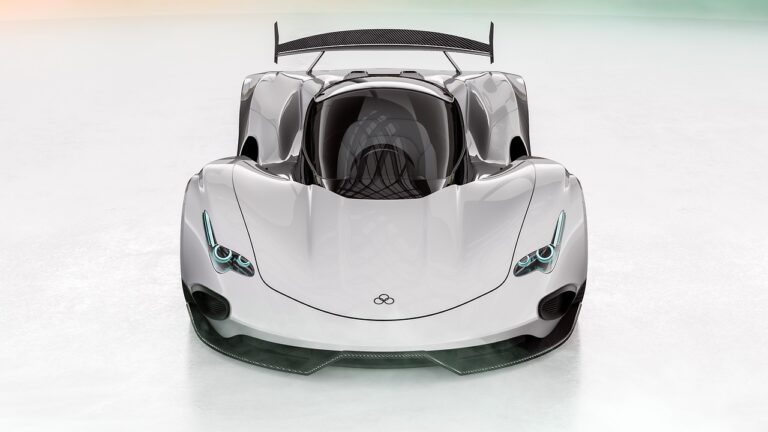Addressing Challenges in Automotive Air Conditioning Design for Autonomous Aerial Vehicles
lotusbook365, welcome to play99exch, allpannel:Introduction
Autonomous aerial vehicles, or drones, have become increasingly popular in various industries, including agriculture, delivery services, surveillance, and even entertainment. One key component of these drones is the automotive air conditioning system, which plays a crucial role in maintaining the temperature inside the vehicle to ensure optimal performance and safety. However, designing air conditioning systems for autonomous aerial vehicles comes with its own set of challenges. In this article, we will explore some of the common challenges faced by engineers and designers in this field and discuss potential solutions to address them.
1. Weight Constraints
One of the biggest challenges in designing automotive air conditioning systems for autonomous aerial vehicles is the weight constraint. Drones are inherently lightweight vehicles, and every additional pound added to the vehicle can significantly impact its flight performance and energy efficiency. Traditional automotive air conditioning systems are bulky and heavy, making them unsuitable for use in drones.
To address this challenge, engineers are exploring lightweight materials and advanced cooling technologies that can provide efficient cooling without adding too much weight to the vehicle. For example, researchers are experimenting with thermoelectric cooling systems, which use electric currents to pump heat from one side of the device to the other, providing cooling without the need for bulky compressors or refrigerants.
2. Power Consumption
Another challenge in designing automotive air conditioning systems for autonomous aerial vehicles is power consumption. Drones are powered by batteries, which have limited capacity and need to be used efficiently to ensure long flight times. Traditional air conditioning systems consume a significant amount of power, which can drain the drone’s batteries quickly and limit its flight range.
To reduce power consumption, engineers are focusing on developing energy-efficient cooling technologies that consume less power while still providing adequate cooling. For example, researchers are investigating the use of evaporative cooling systems, which use water evaporation to provide cooling without the need for compressors or refrigerants.
3. Size Constraints
In addition to weight and power constraints, designers also face challenges related to the size of the automotive air conditioning system. Drones have limited space available for installing air conditioning components, which can make it difficult to design a system that can fit within the vehicle’s compact dimensions.
To address this challenge, engineers are working on developing miniaturized air conditioning components that are designed specifically for use in drones. These components are smaller and more lightweight than traditional systems, allowing them to fit within the limited space available in the vehicle while still providing efficient cooling.
4. Temperature Regulation
Maintaining optimal temperatures inside the drone is crucial for ensuring the performance and longevity of its electronic components. However, designing a temperature regulation system for autonomous aerial vehicles presents unique challenges, as drones are exposed to a wide range of environmental conditions during flight, including high temperatures, humidity, and altitude variations.
To address this challenge, engineers are developing temperature regulation systems that can adapt to changing environmental conditions in real-time. For example, researchers are working on integrating sensors and actuators into the air conditioning system that can monitor the temperature inside the vehicle and adjust the cooling output accordingly to maintain a consistent temperature.
5. Integration with Other Systems
Autonomous aerial vehicles are complex machines that consist of various interconnected systems, including propulsion, navigation, communication, and payload systems. Integrating the automotive air conditioning system with these other systems poses a challenge for designers, as they need to ensure that all components work seamlessly together without interfering with each other’s operation.
To tackle this challenge, engineers are focusing on developing modular air conditioning systems that can be easily integrated with other systems in the drone. By designing components that are modular and interchangeable, designers can customize the air conditioning system to fit the specific requirements of the vehicle and ensure compatibility with other systems.
6. Maintenance and Serviceability
Like any other mechanical system, automotive air conditioning systems require regular maintenance and servicing to ensure optimal performance and longevity. However, performing maintenance and service on air conditioning systems in autonomous aerial vehicles can be challenging, as these vehicles are often deployed in remote or hard-to-reach locations.
To address this challenge, engineers are working on designing air conditioning systems that are easy to access and service, even in remote locations. For example, researchers are exploring the use of remote monitoring and diagnostic technologies that can provide real-time information on the performance of the air conditioning system and alert operators to any issues that require attention.
Conclusion
Designing automotive air conditioning systems for autonomous aerial vehicles presents a unique set of challenges related to weight, power consumption, size, temperature regulation, integration with other systems, and maintenance. However, by leveraging lightweight materials, energy-efficient cooling technologies, miniaturized components, real-time temperature regulation systems, modular designs, and remote monitoring technologies, engineers can overcome these challenges and develop air conditioning systems that are tailored to the specific requirements of drones. With continued research and innovation, the future looks bright for automotive air conditioning design in autonomous aerial vehicles.
FAQs
1. Can traditional automotive air conditioning systems be used in drones?
Traditional automotive air conditioning systems are not suitable for use in drones due to their bulkiness and weight. Engineers are working on developing lightweight and energy-efficient cooling technologies specifically designed for use in autonomous aerial vehicles.
2. How do engineers address temperature regulation challenges in autonomous aerial vehicles?
Engineers are developing temperature regulation systems that can adapt to changing environmental conditions in real-time. By integrating sensors and actuators into the air conditioning system, designers can monitor the temperature inside the vehicle and adjust the cooling output accordingly to maintain a consistent temperature.
3. What are some of the materials being explored for lightweight automotive air conditioning components?
Researchers are exploring lightweight materials such as thermoelectric cooling systems, which use electric currents to provide cooling without the need for bulky compressors or refrigerants. Additionally, evaporative cooling systems, which use water evaporation to provide cooling, are also being investigated for use in drones.
4. How important is the integration of the automotive air conditioning system with other systems in drones?
Integrating the air conditioning system with other systems in drones is crucial to ensure that all components work seamlessly together without interfering with each other’s operation. Modular designs and interchangeable components are being developed to facilitate easy integration and customization of the air conditioning system with other systems in the vehicle.







